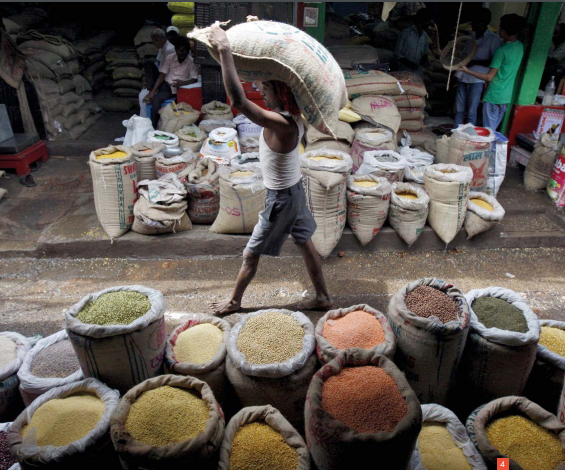In this Article
Due to pulses’ high protein content and various health benefits, health, and environmentally-conscious consumers are increasingly integrating them into their daily diets, which, in turn, drives the growth of the global pulses market.

Pulses are the edible seeds of plants in the legume family. They contain large amounts of protein, dietary fiber, vitamins, minerals, phytochemicals, and complex carbohydrates. Nearly every region in the world has a long tradition of cultivating pulses. Legumes have been essential to the operation of traditional agricultural systems.
As yields grew slowly and prices rose accordingly, the world’s per capita consumption of pulses began to decline in the 1960s. The shift in preferences was due to income growth and urbanization, as human diets became richer in animal proteins, sugar, and fats. Despite this, pulses continue to be a significant source of protein in developing countries, where the average global per capita food consumption has increased to around 7 kg/year.

India is the world’s largest producer of pulses, producing 25% of the world’s total. The following largest producers are Canada, with 9%, China, with 6%, and the European Union, with 5%. The Asian market is the leading import destination, with 52% consumption and 43% production. Following a decade of average annual growth of 1.7%, driven mainly by Asia and Africa, the global pulses market reached a volume of 93 MT in 2022. Thus, world trade volumes were recorded at 19.5 MT, a 0.5 MT increase compared to 2021.
Because of its various health and environmental benefits, governments of pulse-producing countries are assisting farmers, hence supporting growth of this market.
References: Organisation for Economic Co-operation and Development/Food and Agriculture Organization of the United Nations (2023). OECD-FAO Agricultural Outlook 2023-2032, OECD Publishing, Paris. Retrieved February 29, 2024 from https://www.oecd-ilibrary.org/agriculture-and-food/oecd-fao-agricultural-outlook-2023-2032_08801ab7-en




